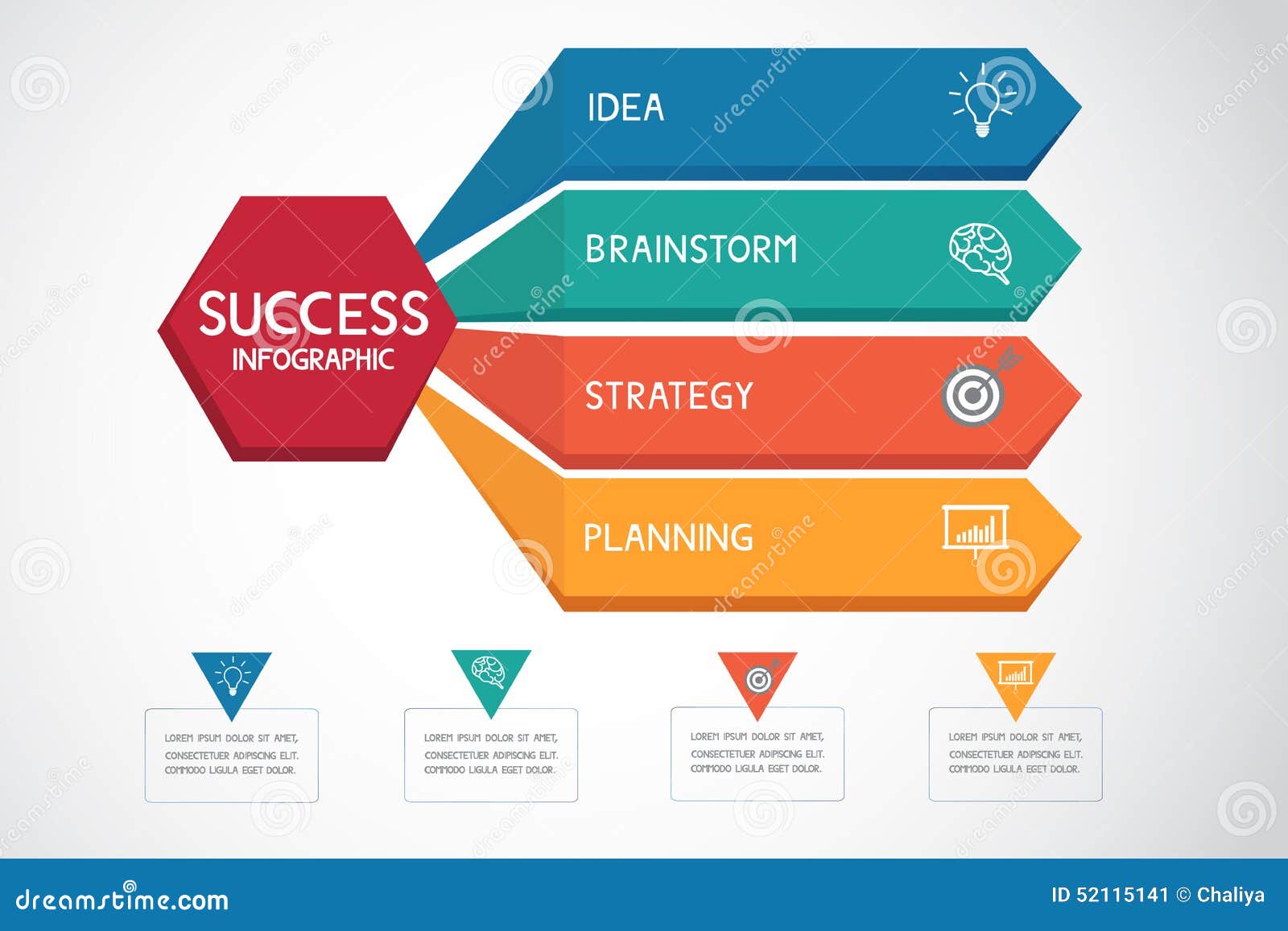The Evolution Of Site Layout: From Past To Existing
The Evolution Of Site Layout: From Past To Existing
Blog Article
Personnel Writer-Hartley Hyldgaard
In the past, internet sites were simple and concentrated on info. Navigation was direct, and layout was for desktop computers. Currently, https://www.franchisetimes.com/franchise_technology/franchisors-share-tips-to-improve-digital-marketing-results/article_cab7d3da-d6f0-11ec-a5c9-ef5699c80124.html is key. Information guides layouts for very easy navigating. Receptive layouts match different gadgets. Today, dark mode decreases strain, and minimalist menus boost navigation. Interactive attributes engage individuals, and vibrant visuals stand out. AI combination enhances involvement. See how layout has actually progressed to boost your on-line trip.
Early Days of Web Design
In the very early days of website design, simplicity preponderated. Sites were basic, with minimal colors, typefaces, and formats. The emphasis was on offering information instead of fancy visuals. Users accessed the internet through slow-moving dial-up links, so rate and functionality were vital.
Navigating menus were straightforward, commonly located on top or side of the web page. Sites were created for desktop, as mobile surfing wasn't yet widespread. Material was king, and developers prioritized easy readability over intricate layout components.
HTML was the primary coding language used, and developers needed to function within its restraints. Animations and interactive features were minimal compared to today's requirements. Internet sites were static, with little dynamic content or tailored customer experiences.
Increase of User-Focused Style
With the advancement of web site style, a shift towards user-focused layout principles has actually come to be increasingly prominent. Today, creating web sites that focus on customer experience is important for engaging visitors and accomplishing business objectives. User-focused style entails understanding the requirements, choices, and habits of your target market to tailor the internet site's design, web content, and includes accordingly.
Designers currently conduct complete research study, such as customer surveys and functionality testing, to collect insights and responses straight from individuals. This data-driven method aids in developing instinctive navigating, clear calls-to-action, and visually attractive user interfaces that resonate with visitors. By placing the customer at the facility of the design process, sites can deliver an extra individualized and pleasurable experience.
Receptive layout has actually likewise emerged as a crucial facet of user-focused design, ensuring that internet sites are maximized for various gadgets and screen dimensions. This adaptability boosts accessibility and usability, catering to the diverse methods individuals interact with websites today. Essentially, the rise of user-focused layout represents a shift in the direction of producing digital experiences that prioritize the needs and assumptions of the end user.
Modern Trends in Web Design
Check out the latest patterns shaping website design today. One noticeable trend is dark mode design, using a smooth and modern appearance while reducing eye pressure in low-light settings. https://www.nytimes.com/2021/11/02/business/media/meta-ad-strategy-facebook-scandal.html is minimalist navigating, simplifying food selections and improving user experience by focusing on essential elements. Integrating micro-interactions, such as computer animated buttons or scrolling effects, can develop an extra engaging and interactive internet site. Responsive design stays critical, ensuring smooth customer experiences across numerous tools. Furthermore, utilizing vibrant typography and unbalanced formats can add aesthetic rate of interest and accentuate details material.
Incorporating AI innovation, like chatbots for consumer support or customized referrals, improves individual involvement and enhances processes. Accessibility has additionally come to be a significant fad, with designers prioritizing inclusive layout techniques to deal with diverse individual needs. Embracing sustainability by maximizing site efficiency for speed and efficiency is another arising pattern in website design. Collaborating with customer comments and information analytics to iterate and enhance design continuously is essential for remaining appropriate in the ever-evolving digital landscape. By welcoming these contemporary fads, you can create a visually appealing, easy to use site that reverberates with your audience.
Final thought
As you reflect on the evolution of internet site layout from the very early days to currently, you can see how user-focused style has ended up being the driving pressure behind modern patterns.
Welcome the trip of modification and adaptation in web design, always maintaining the individual experience at the forefront.
Tippingpointdigital
Remain present with the latest fads and modern technologies, and never stop evolving your technique to create visually stunning and easy to use internet sites.
Progress, adapt, and develop - the future of web design is in your hands.
